WSIS TalkX: UN World Wildlife Day: ICTs for wildlife conservation (part 2)
International Telecommunication Union & International Union for Conservation of Nature
Session 224
On 3 March 2021, the International Telecommunication Union (ITU) in collaboration with the International Union for Conservation of Nature (IUCN) celebrate the UN World Wildlife Day on the 48th anniversary of the signing of the Convention on International Trade in Endangered Species of Wild Fauna and Flora, commonly known as CITES.
This global event will raise awareness of the world’s fauna and flora, the threats they are facing and the urgent need to take action to protect wildlife. Almost 25% of all species are at risk of going extinct because of unsustainable human activities, habitat loss, over exploitation and climate change. Illegal Wildlife Trade (IWT) is the fourth largest crime and it is estimated that the value of illegal wildlife trade is between $7 billion and $23 billion each year. As more species face the risk of becoming endangered, information and communication technologies (ICTs) are being used to protect animals and habitats in new and innovative ways, from tracking poachers, to monitoring populations, to raising public awareness – and more. We believe that in this regard, ICTs can certainly aid in reducing wildlife crime and better protect and foster biodiversity conservation as a whole.
The aim of this event is to explore the positive impact of digital technologies for wildlife protection, from the role of satellite images and computer algorithms for monitoring endangered wildlife, the Internet of Things and the Cloud to make poaching predictable and using Apps to combat IWT. Within the context of biodiversity conservation and the use of technology, online platforms such as WILDLEX and TECH4Nature can certainly contribute in bridging the gap to ensure the survival of species.
Guiding questions:
a) What is illegal wildlife trade and why is it a problem?
b) What has been done up until now to address it?
c) What are the available technologies that can be used for wildlife and habitat protection?
d) How can these technologies be leveraged for use on a bigger scale?
e) What are the challenges and how can we step up ambition?
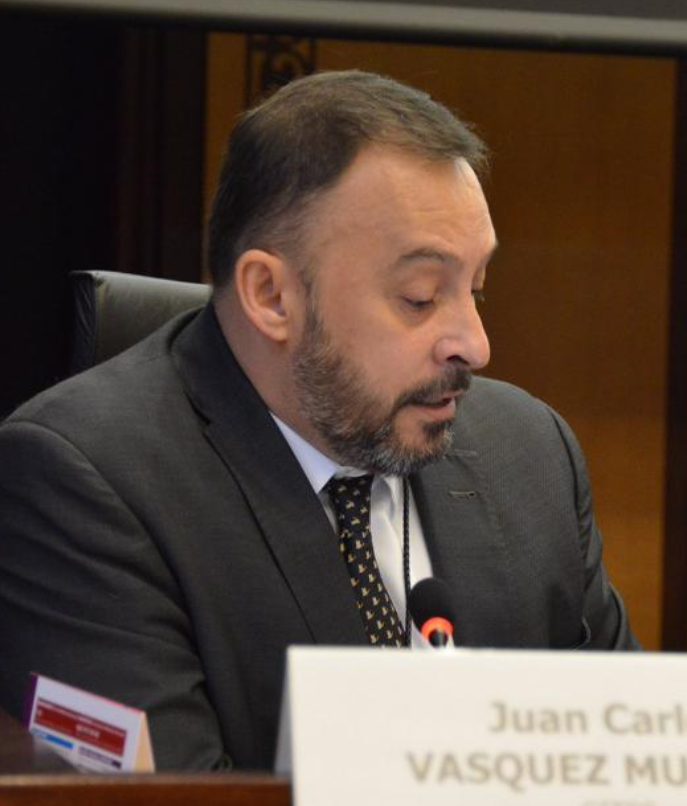
Juan Carlos Vasquez is a Colombian lawyer with postgraduate studies at the University of Geneva. Actually, Mr Vasquez is the Chief of the Legal Unit in the Secretariat of the Convention on International Trade in Endangered Species of Wild Fauna and Flora (CITES). Mr Vasquez ties to the CITES Secretariat back to 1997. During his over 20 years in the CITES Secretariat, he has been responsible for legal affairs, including the national legislation project, compliance, regional assistance, livelihoods, media and outreach, fund-raising, private sector engagement and partnerships.
Prior to joining the CITES Secretariat, Mr Vasquez worked as an international consultant in environmental law, legal adviser in rural development, lawyer of Indigenous communities and licensed attorney in a private law firm.
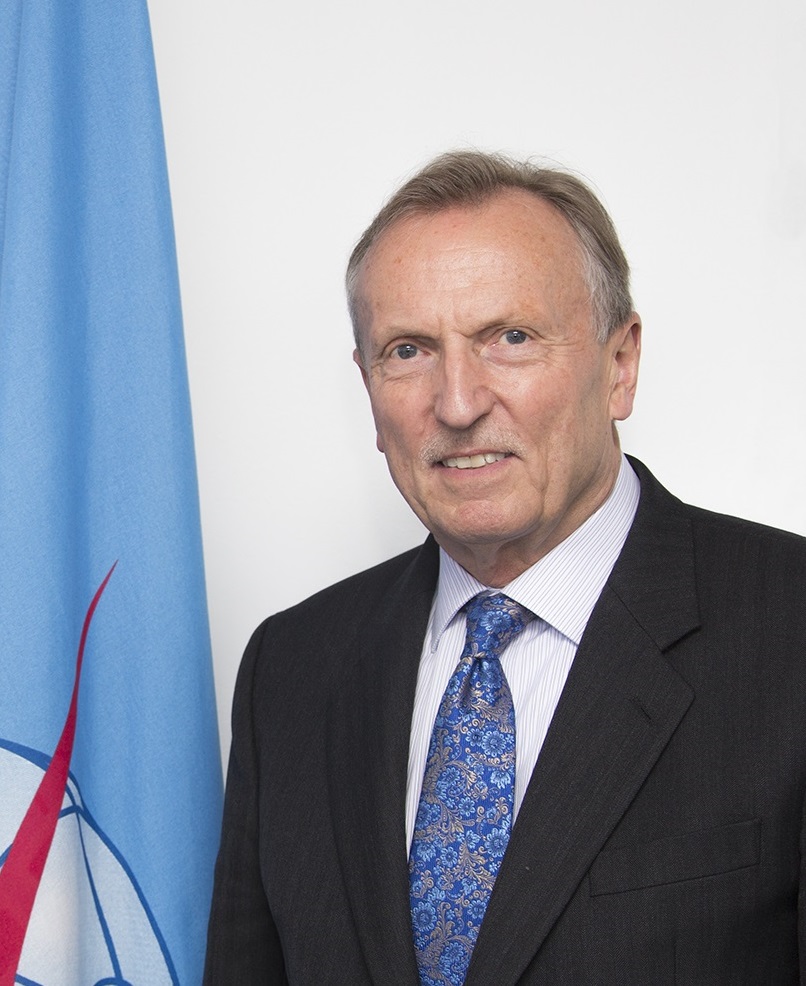
Mr Johnson is a seasoned information and communication technology (ICT) executive who has served in multiple senior management positions at ITU.
Prior to serving as Deputy Secretary-General, Johnson served from 2007 to 2014 as Director of ITU’s Telecommunication Standardization Bureau (TSB). Between 2003 and 2006, Mr Johnson was International Coordinator at the United Kingdom’s Office of Communications (Ofcom), where he had lead responsibility for the United Kingdom in ITU.
From 1992 to 2003, he was Director of the United Kingdom’s Radiocommunications Agency and European Coordinator for ITU World Radiocommunication Conferences in 1993, 1995 and 1997.
Between 1988 and 1992, he worked in the European Commission’s Telecommunication Regulations Division, where he represented the Commission in the Council and the Parliament of the European Union.
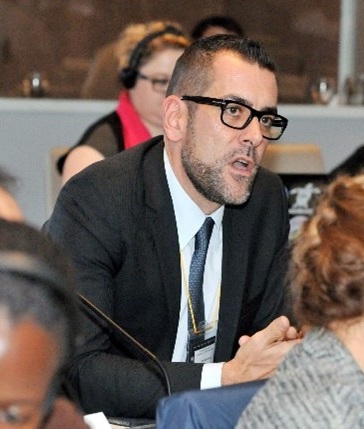
Alejandro Iza is the Director of the Environmental Law Centre of IUCN. He is a lawyer specialized in international environmental law and diplomacy, with broad experience in policy and legal development and implementation in many countries around the world.
He has contributed as author or co-authored over 50 publications.
Alejandro Iza studied law in Buenos Aires; he holds a Master of Laws from the University of London and a PhD from the University of Buenos Aires.
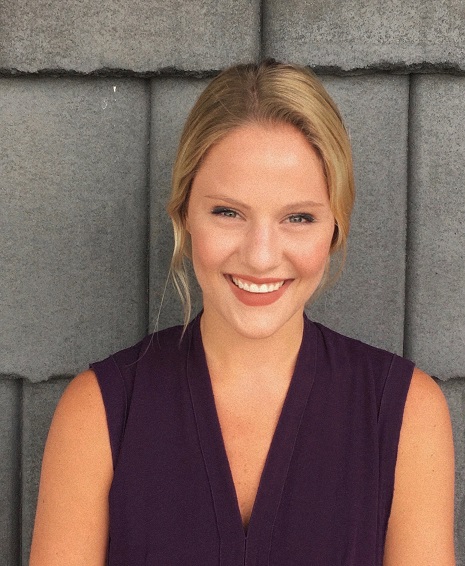
Chrissy Durkin is the Director of International Expansion at Rainforest Connection, an organization utilizing real-time acoustic monitoring and AI insights to protect threatened ecosystems from illegal activities and monitor biodiversity. She has had a variety of experiences working in the environmental space, having spent recent years doing research, lobbying on behalf of advanced biofuels, developing marketing programs, and growing several environmentally-minded startups.
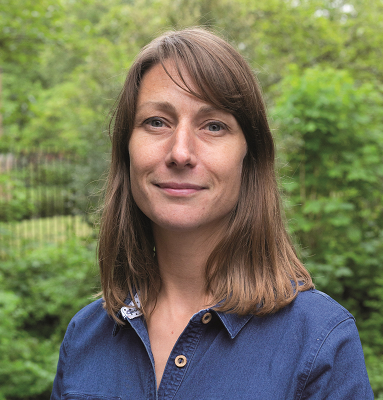
Sophie has spent her career developing and implementing cutting-edge technology. She forges collaborations across conservation, science, business and communities to solve conservation challenges through technology. Prior to joining the Connected Conservation Foundation, Sophie established the WILDLABS Tech Hub, teaming with the U.K. government, Microsoft, Amazon Web Services, the Open Data Institute and seven international conservation organisations to accelerating the use technology and artificial intelligence to help tackle the illegal wildlife trade.
Previously, Sophie headed up the Zoological Society of London’s Conservation Technology Lab, building partnerships with Google, Iridium, National Geographic, the Foreign Commonwealth Office and USAID. Delivering projects, including: Instant Detect, a satellite connected IOT platform for the protection of wildlife in remote areas, Instant Wild, a citizen science crowd source platform for wildlife monitoring; WILDLABS.NET, a technology collaboration platform (founding Steering Committee member); and the first global Zoohackathon events, (in partnership with the US Embassy).
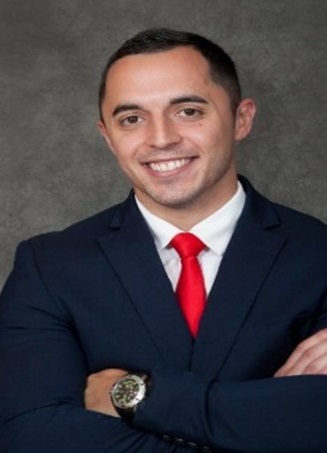
Mr. Sabio Morchio is a Legal Officer at the IUCN Environmental Law Centre (ELC) in Bonn, Germany. He leads the ELC’s portfolio on environmental crime, with a strong focus on illegal wildlife trade and illicit financial flows. Originally from Argentina, he holds a Bachelor and a Masters of Laws from the University of KwaZulu Natal and he is a duly admitted attorney from the High Court of South Africa. Mr. Sabio Morchio’s focus is on the analysis of wildlife crime case law both Central Africa and Asia.
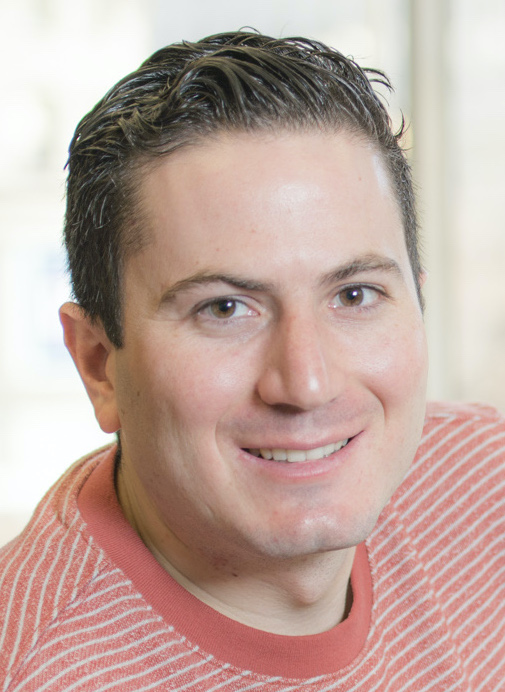
Michael Sarill is the Director of Project Noah, a global citizen science platform and community photographing, sharing and identifying wildlife. He leads product development, community engagement and partnerships for Project Noah. Passionate about wildlife and biodiversity conservation, he also led the development of an educational mobile wildlife game called Baboon.
Michael earned his Bachelor's Degree in Philosophy from Brown University in 2006 and completed the Beahrs Environmental Leadership Program at UC Berkeley in 2016.
-
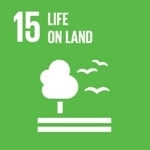 Goal 15: Sustainably manage forests, combat desertification, halt and reverse land degradation, halt biodiversity loss
Goal 15: Sustainably manage forests, combat desertification, halt and reverse land degradation, halt biodiversity loss
-
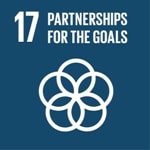 Goal 17: Revitalize the global partnership for sustainable development
Goal 17: Revitalize the global partnership for sustainable development
